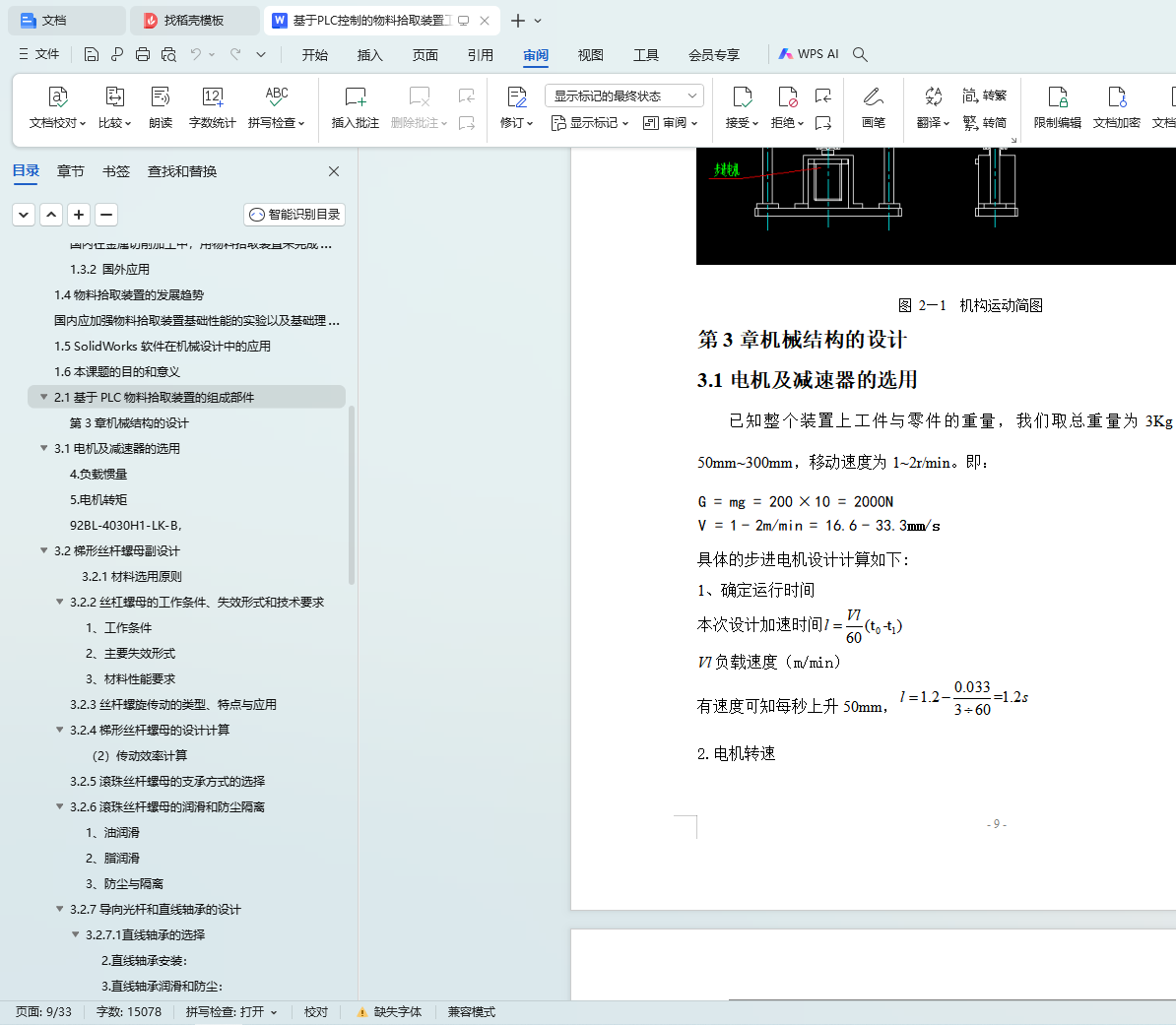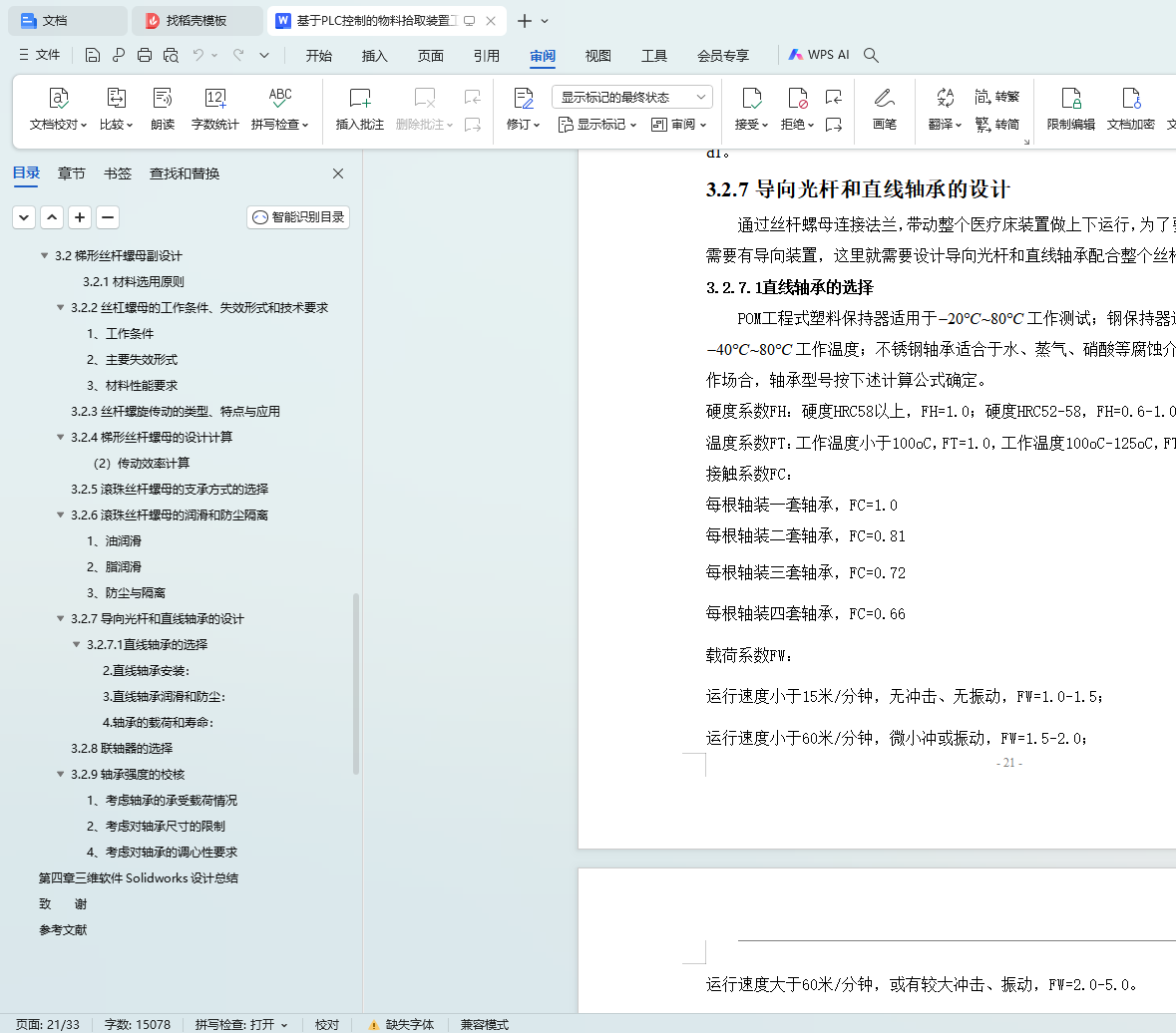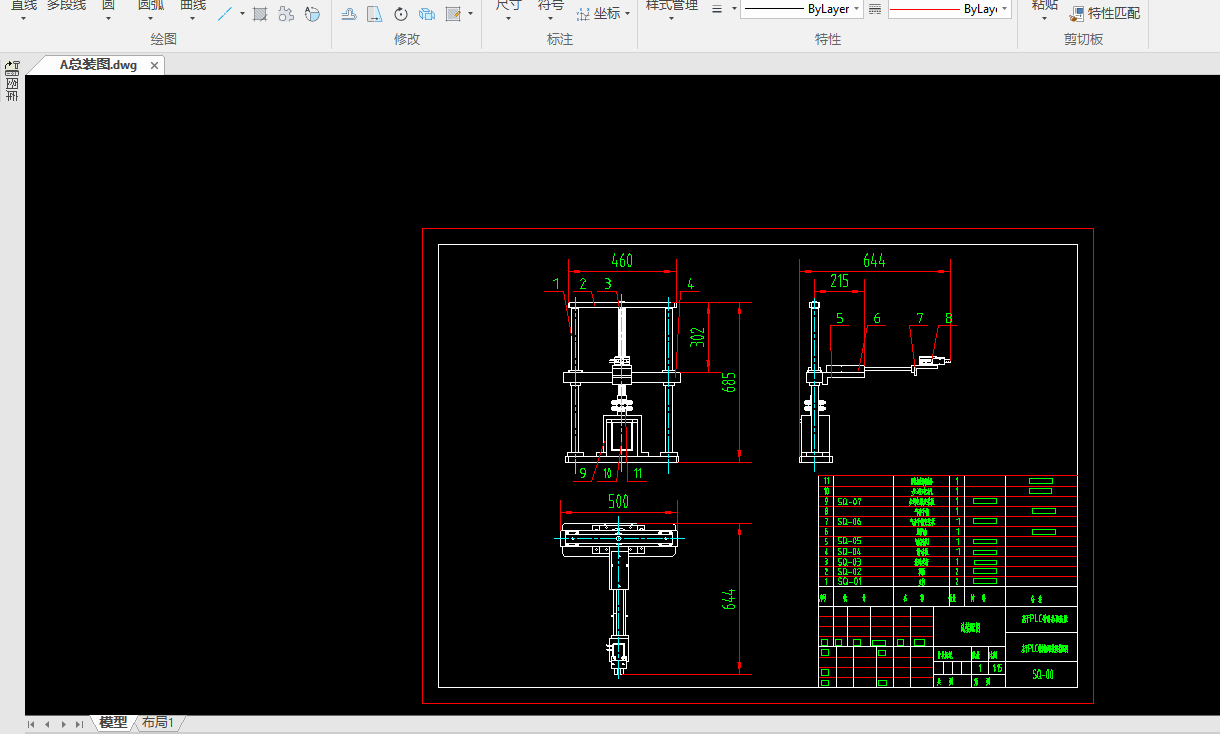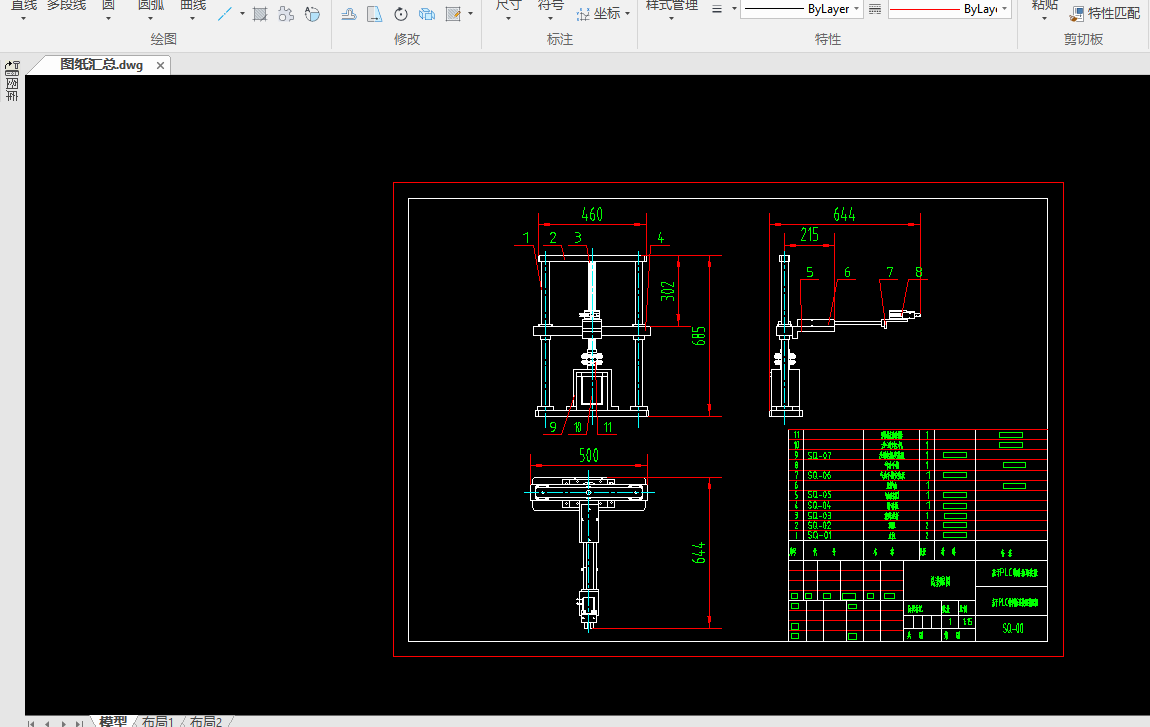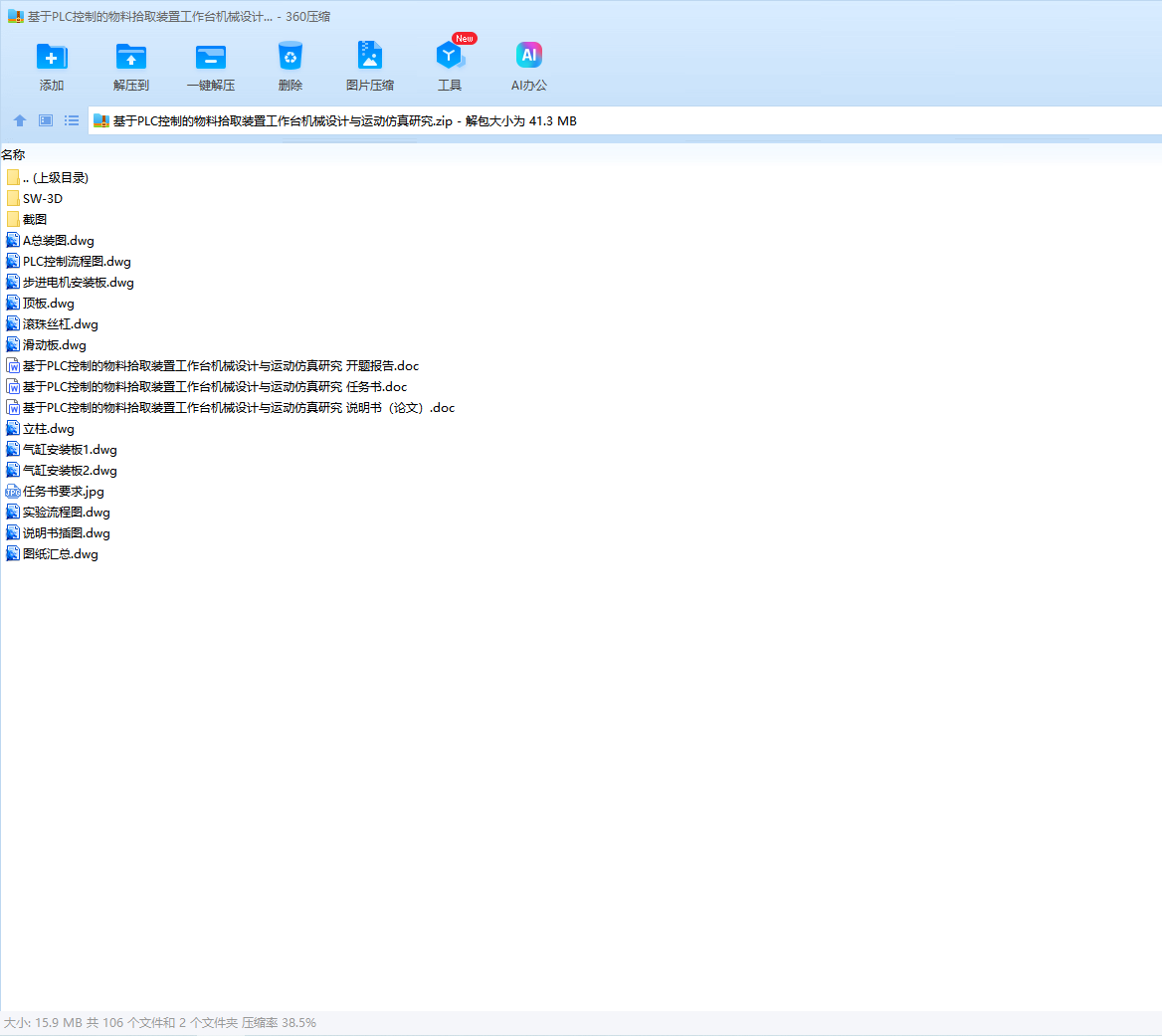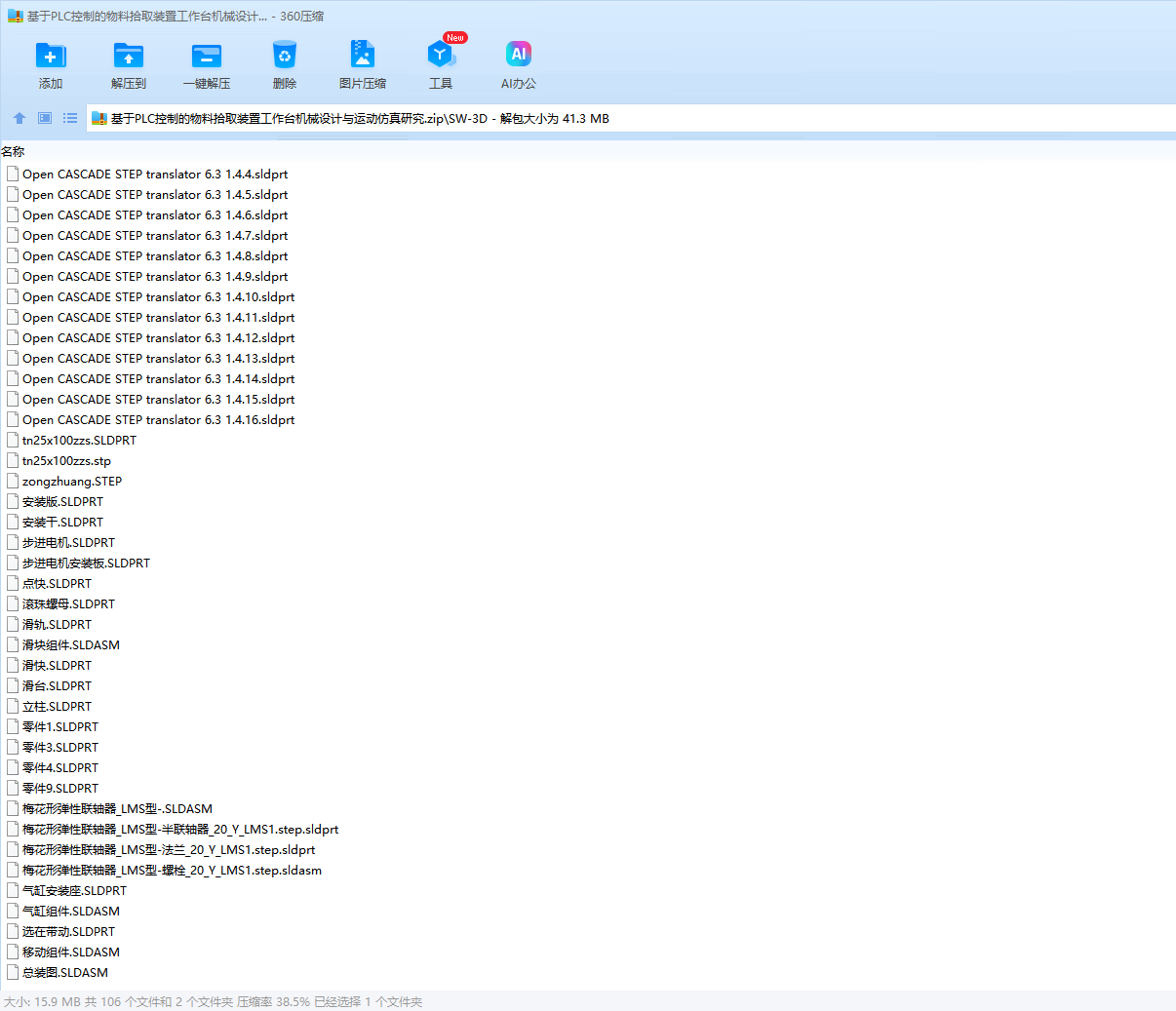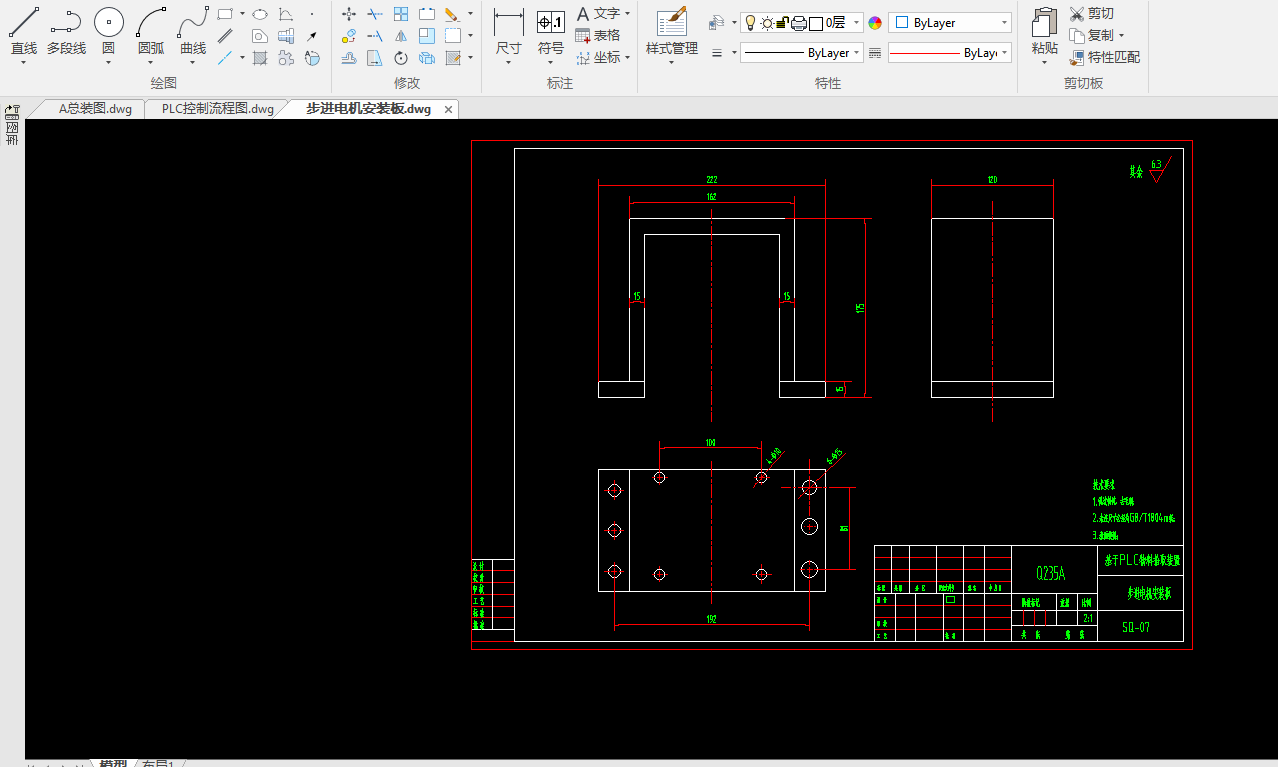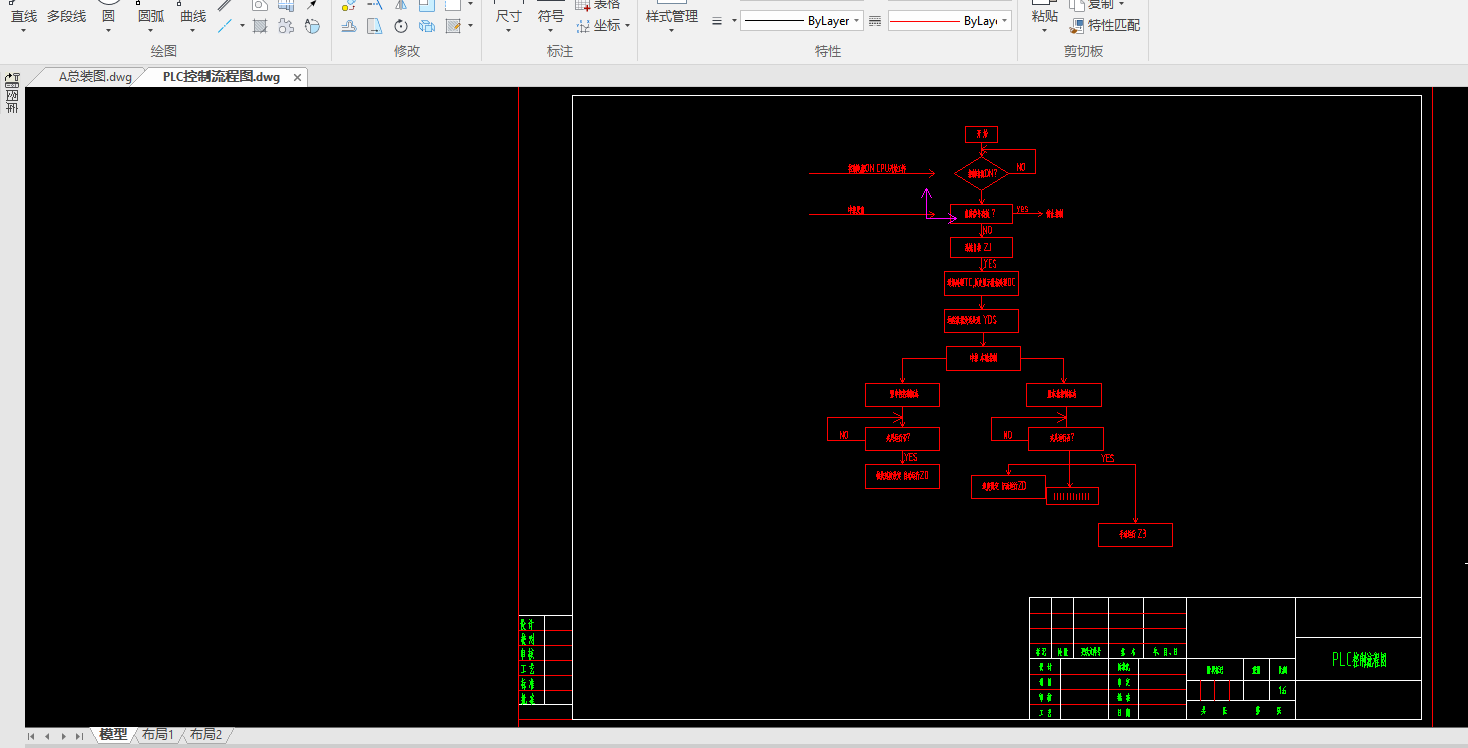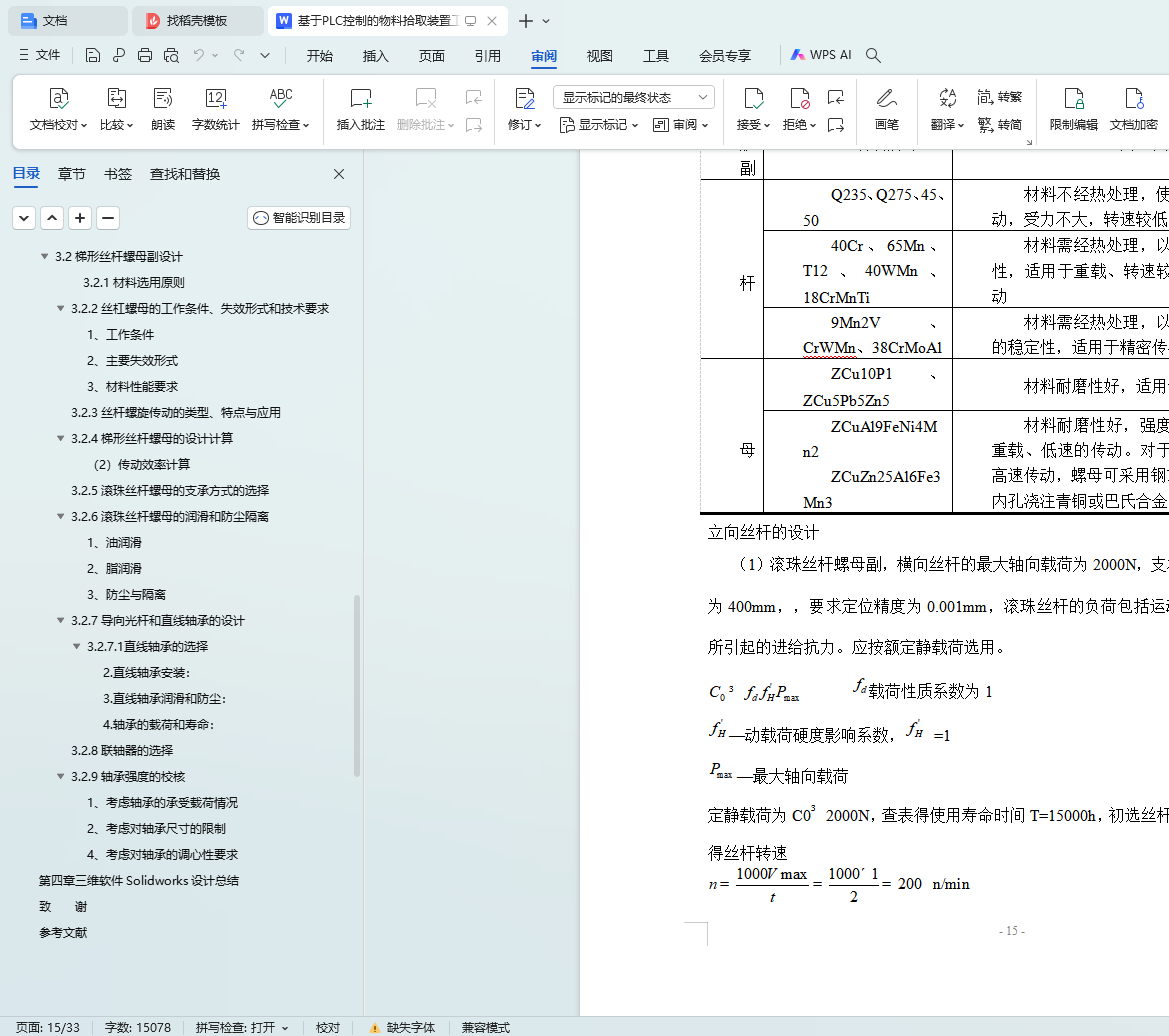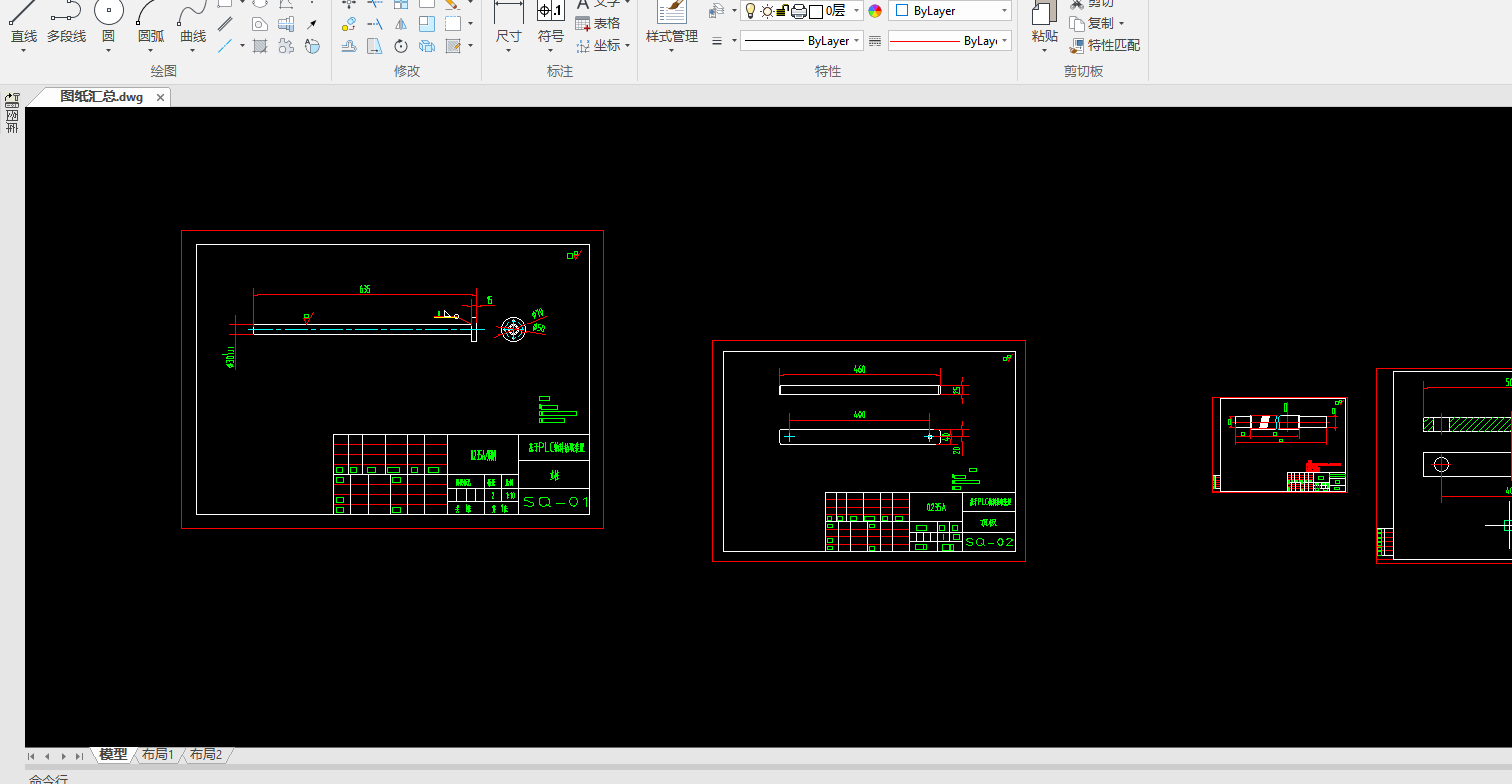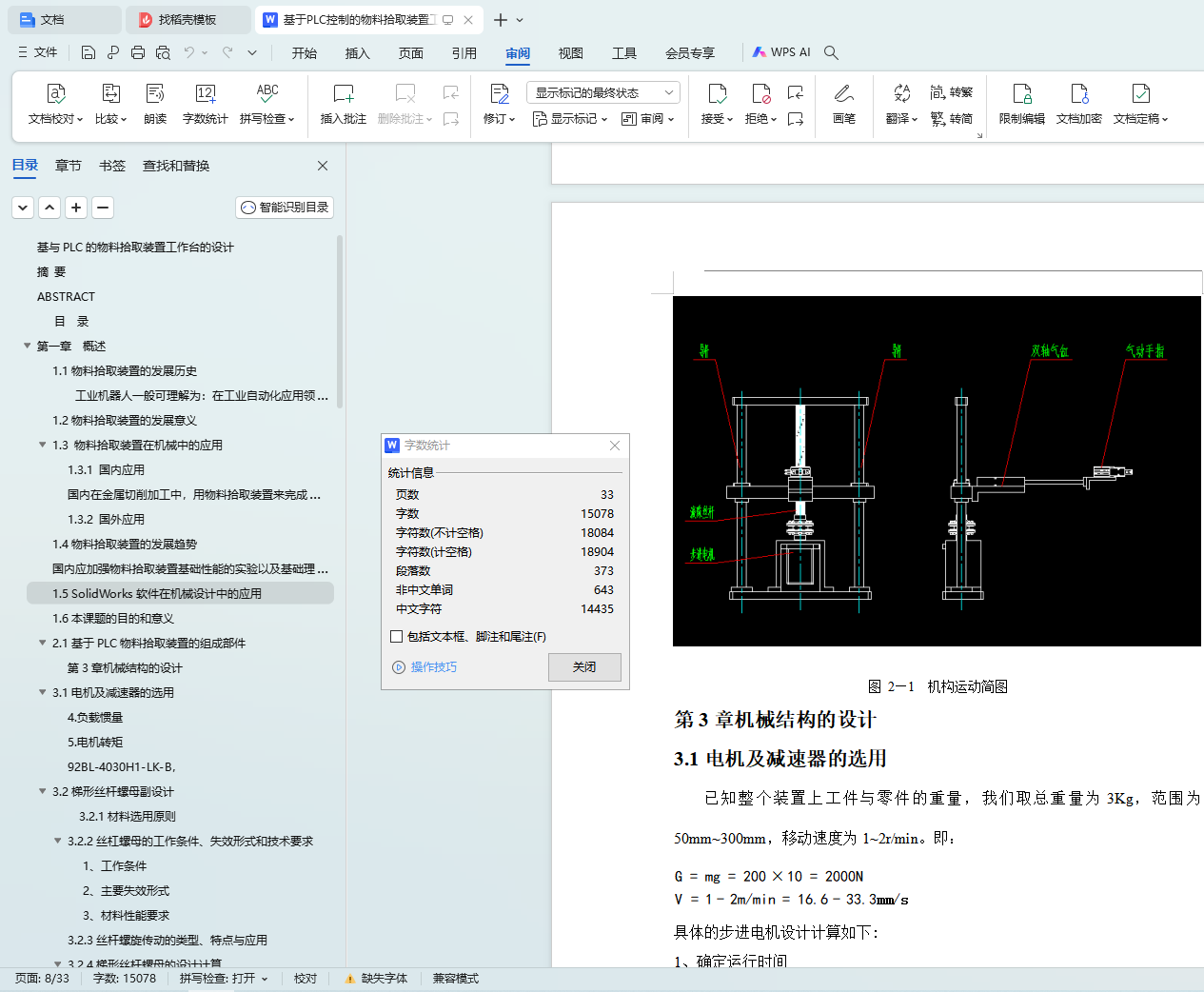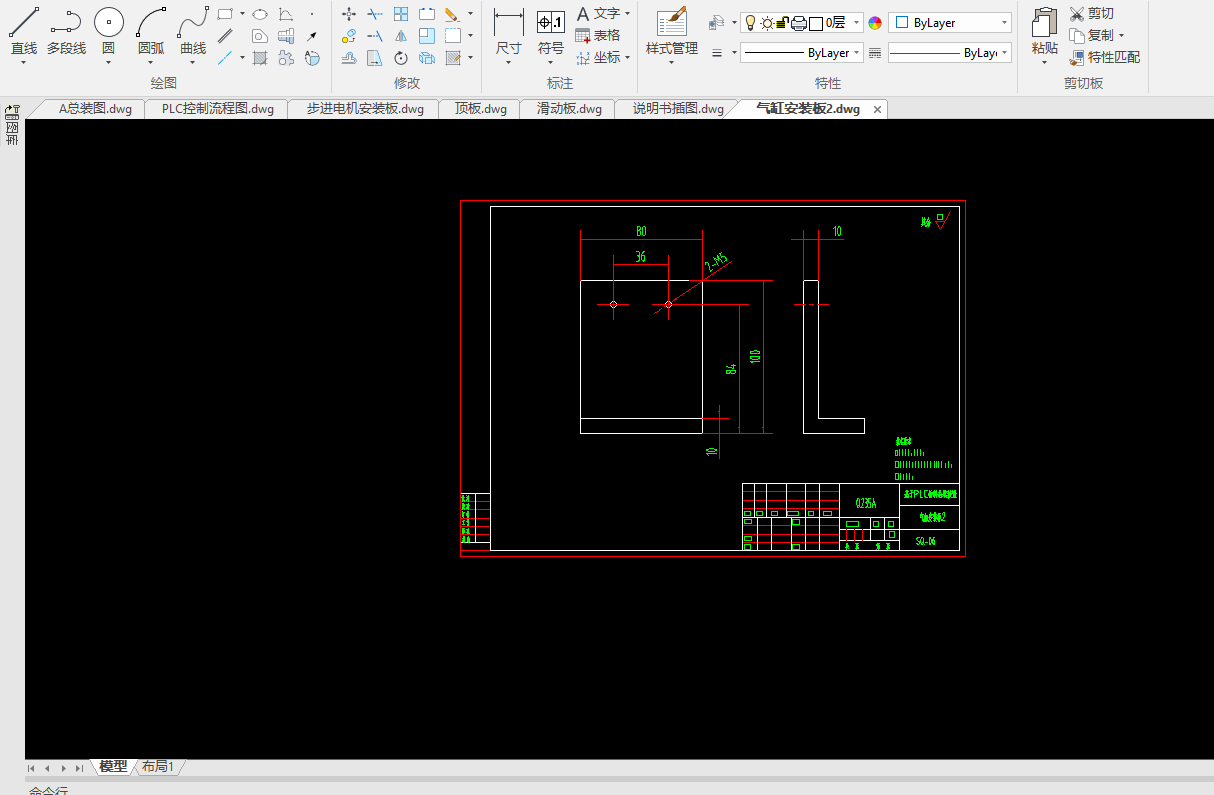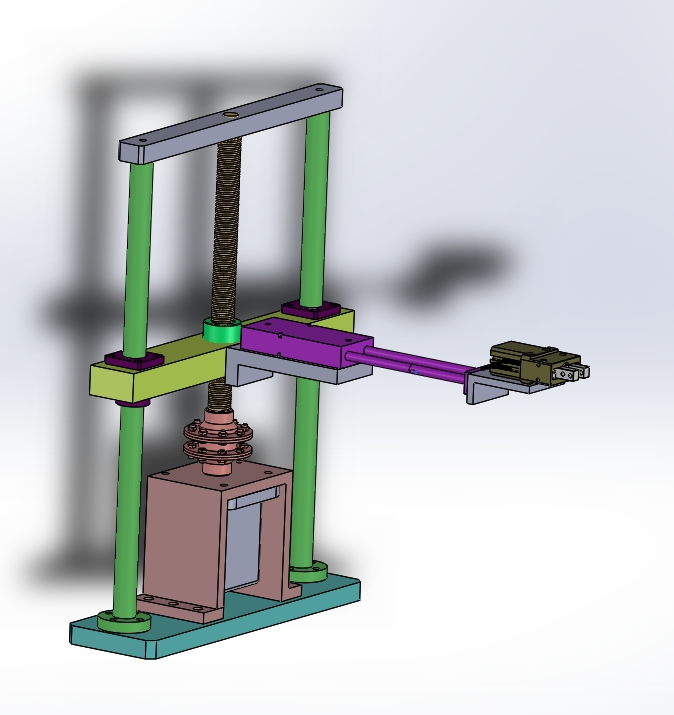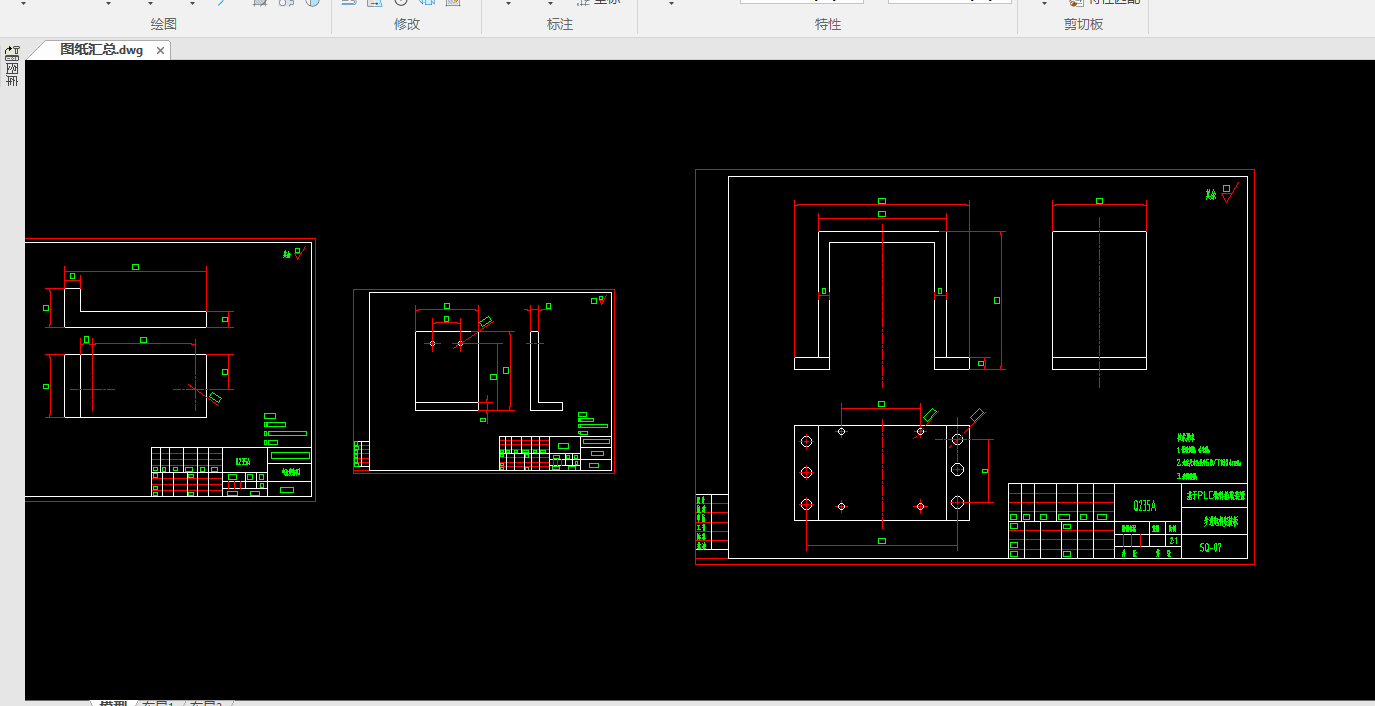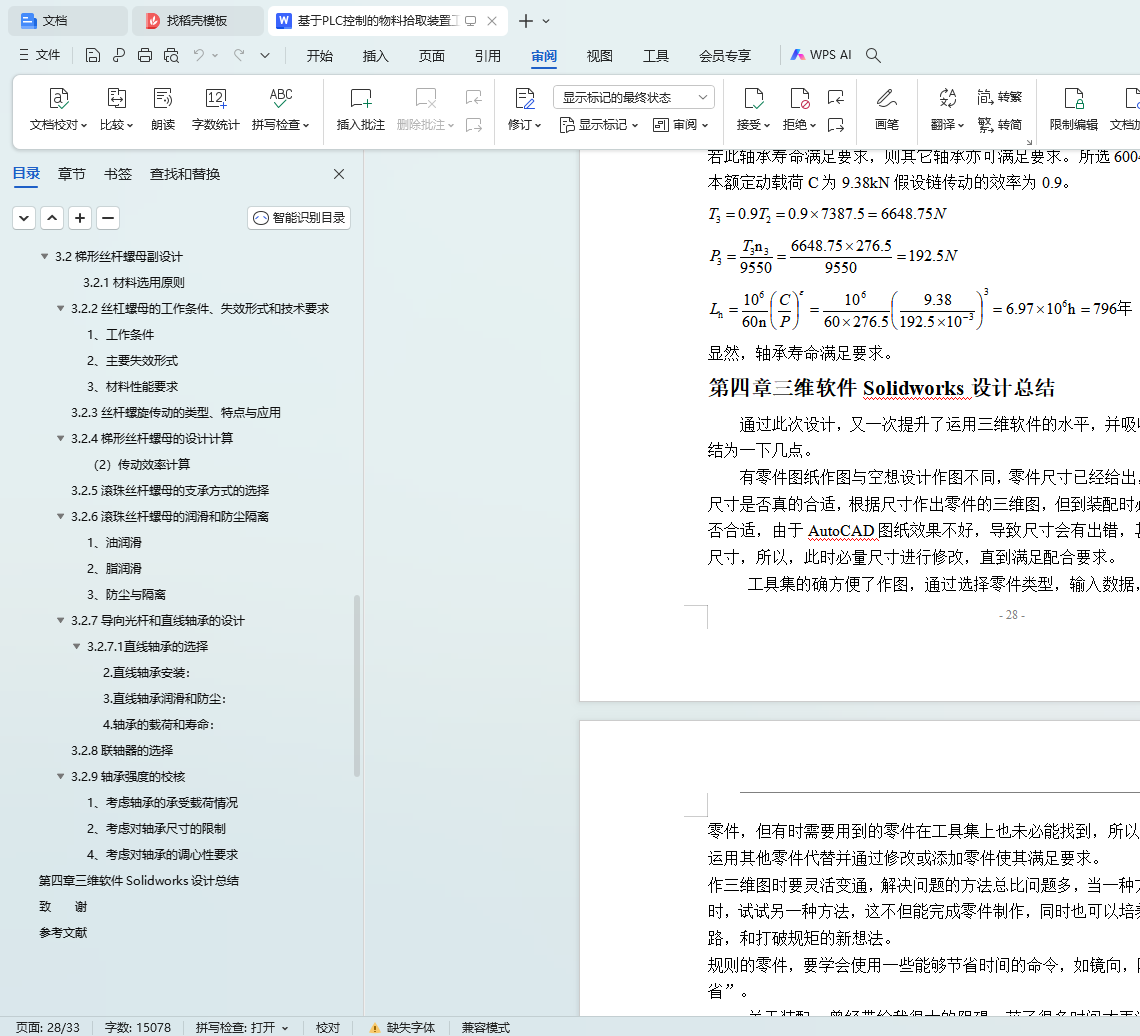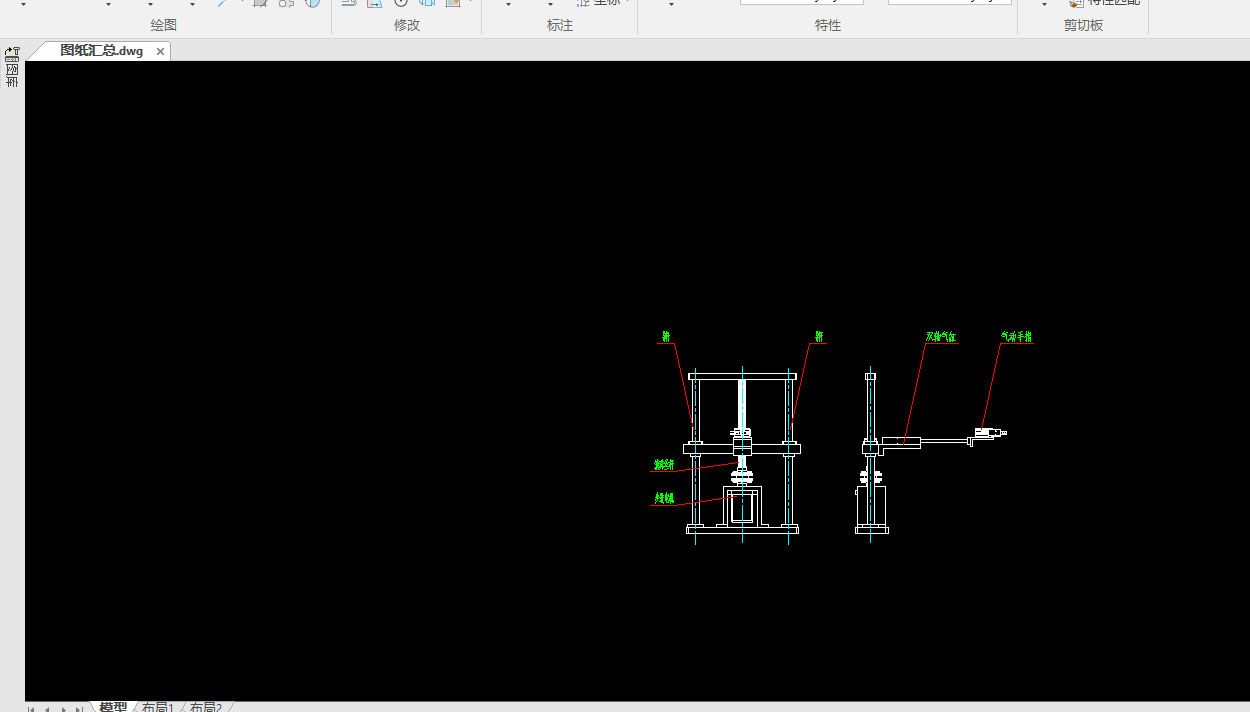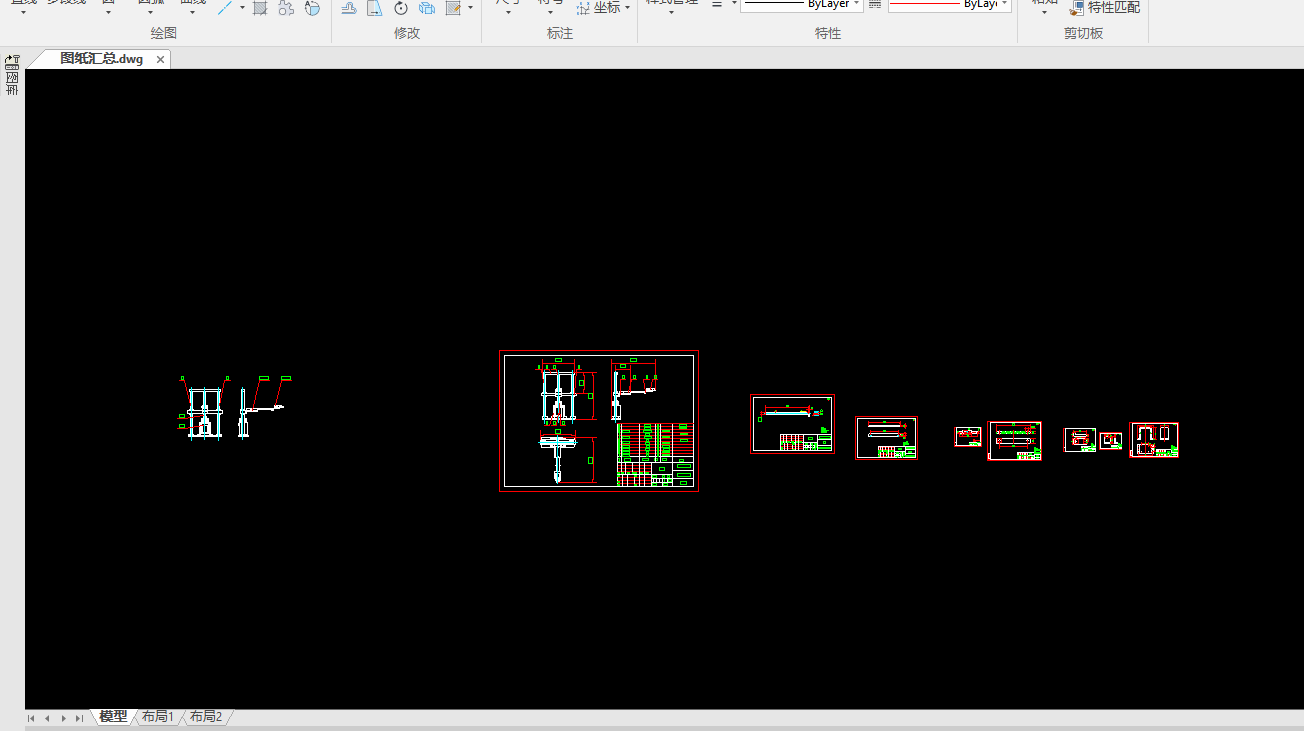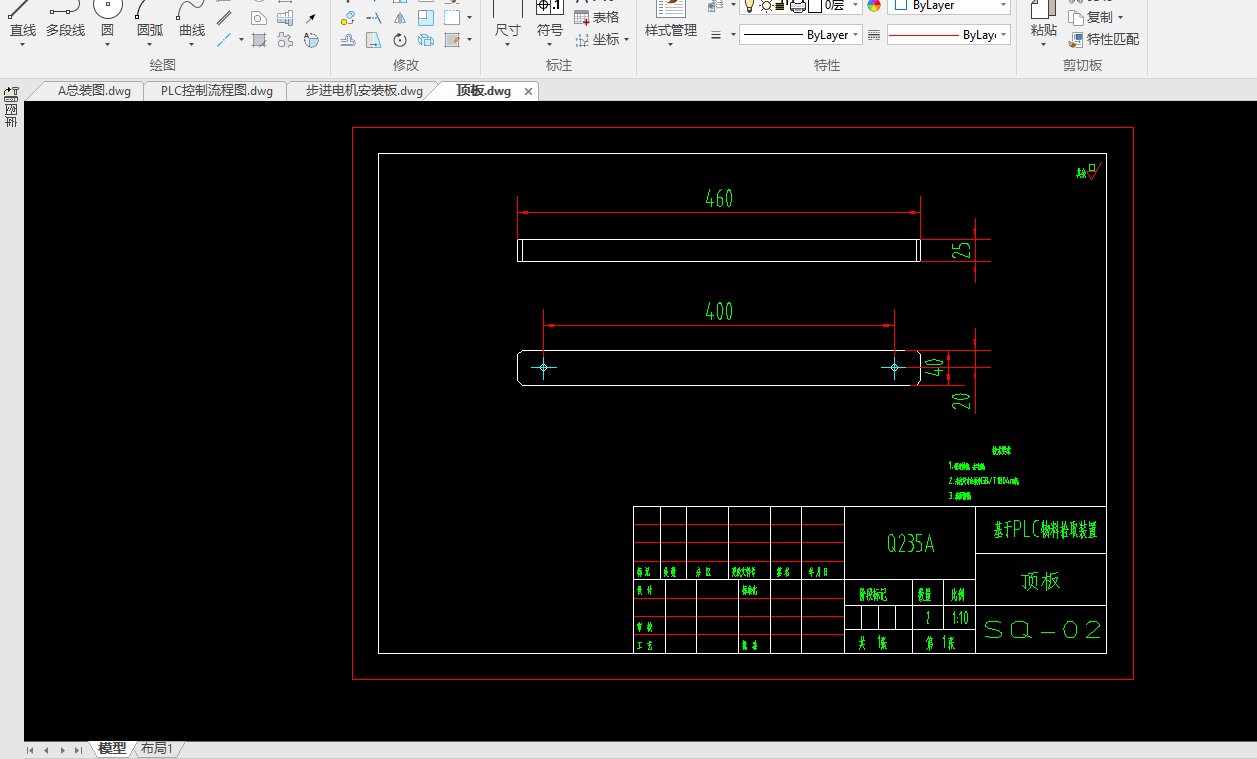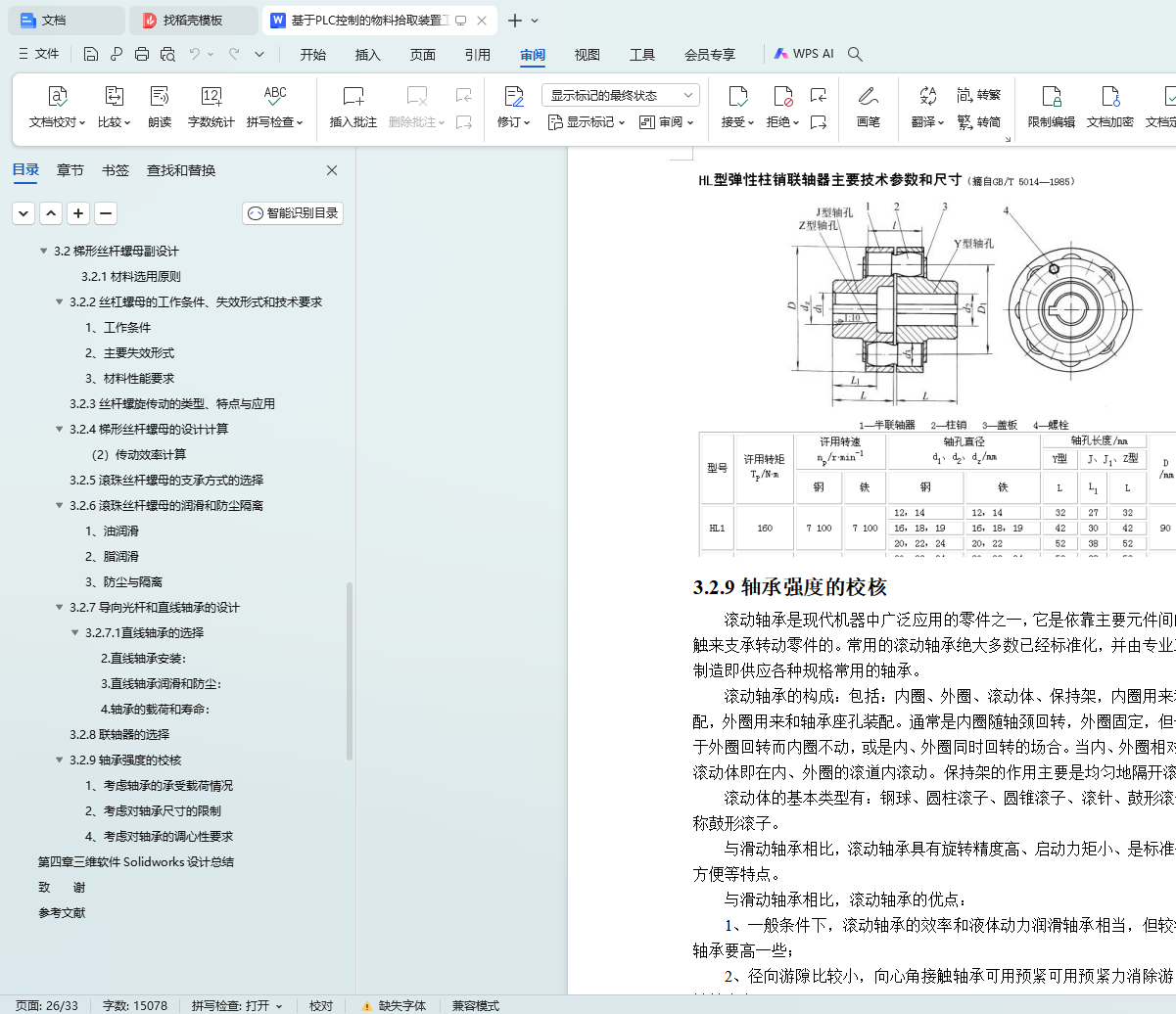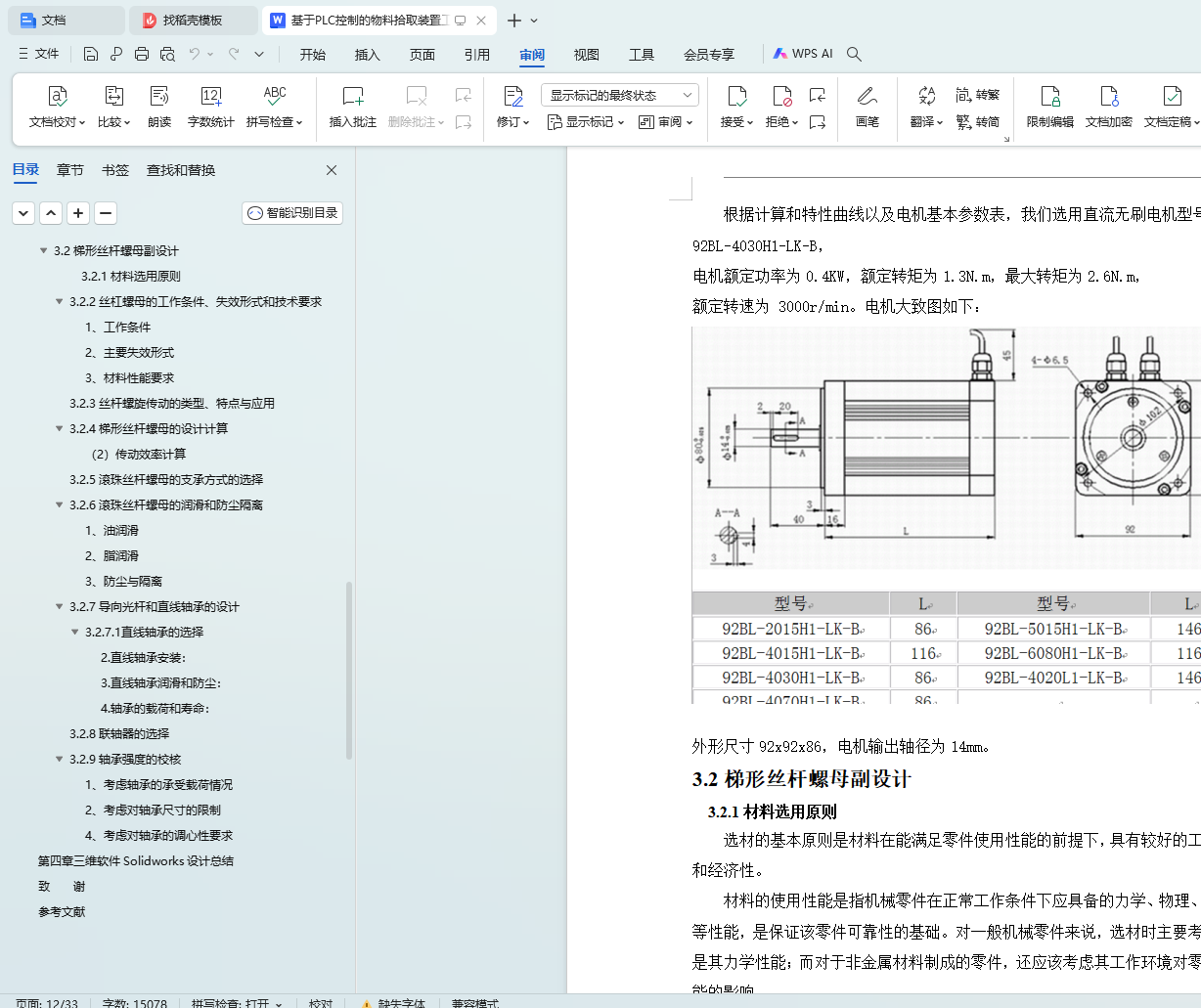摘 要
本文基于机械设计、机械原理和Solidworks三维绘图软件等相关知识与理论,通过搜集基于PLC物料拾取装置的相关资料、阅读相关的文献与书籍以及参考市面上的基于PLC物料拾取装置实体,首先对基于PLC物料拾取装置的主要机构零部件模型进行设计,其次利用Solidworks三维绘图软件将设计好的零部件模型进行零件建模,然后将建好的所有零部件模型进行装配设计,得到相应的装配体模最后对装配体模型进行运动仿真。
关键字:基于PLC物料拾取装置,Solidworks,零件建模,装配设计,运动仿真
ABSTRACT
This paper is based on the machinery design and machinery principle and the 3d drawing software and related knowledge and theory, by collecting relevant data of sewing machine and reading the related literature books and referring to the sewing machine in the tailor shop, first of all, design the main parts institutional model of the sewing machine, secondly use the Solidworks 3D drawing software to conduct the part modeling which was designed well, and then conduct assembly design which the parts was built, get the corresponding assembly model, finally conduct movement simulation to the corresponding assembly model.
KeyWords:sewingmachine,Solidworks, part modeling ,assembly design, movement simulation
目 录
第1章概述 .....1
1.1 拾取物料拾取装置的发展历史................................................................................1
1.2 拾取物料拾取装置的发展意义................................................................................1
1.3 拾取物料拾取装置在机械中的应用........................................................................1
1.3.1国内的应用…………………………………………………………….....2
1.3.2国外的应用…………………………………………………………….....2
1.4拾取物料拾取装置的发展趋势……………………………………………………..2
1.5 SolidWorks软件在机械设计中的应用..........................................................3
1.6本课题的目的和意义...................................................................................3
第2章基于PLC物料拾取装置的概述 5
2.1 基于PLC物料拾取装置的组成部件..............................................................5
第3章机械结构的设计
3.1步进电机的选用 8
3.2梯形丝杆螺母副设计 .....10
3.2.1 材料选用原则 ..10
3.2.2 丝杠螺母的工作条件、失效形式和技术要求 ..............11
3.2.3 螺旋传动的类型、特点与应用 11
3.2.4 滚珠丝杆螺母的设计计算 12
3.2.5 滚珠丝杆螺母的支承方式的选择 18
3.2.6 滚珠丝杆螺母的润滑和防尘隔离 18
3.2.7导向光杆和直线轴承的设计 20
3.2.8联轴器的选择 23
3.2.9轴承强度的校核......................................................................................27
总结.............................................................................................................................33
致谢.............................................................................................................................34
参考文献....................................................................................................................35
